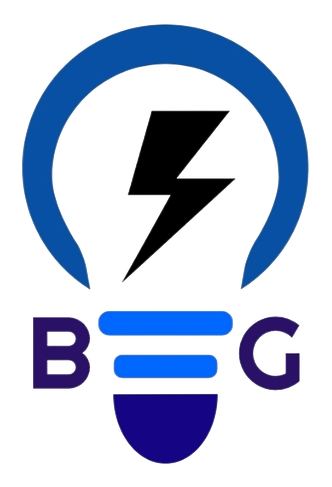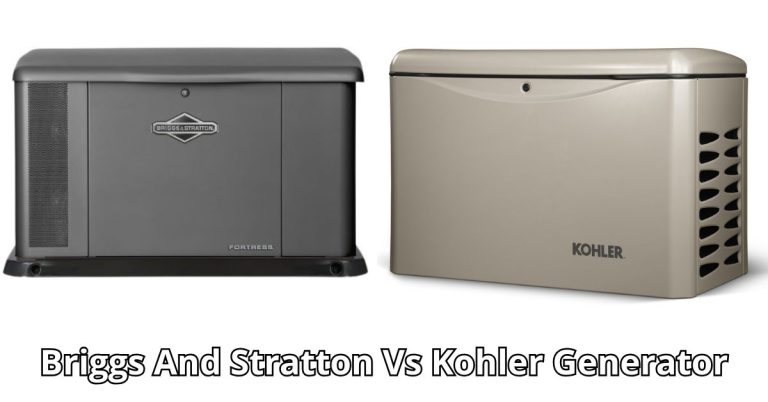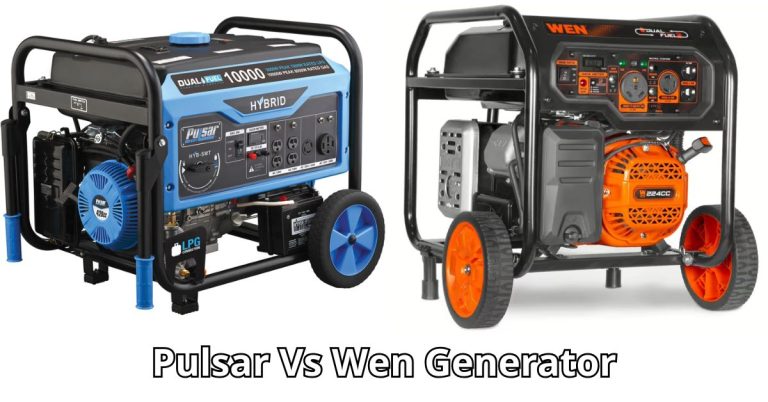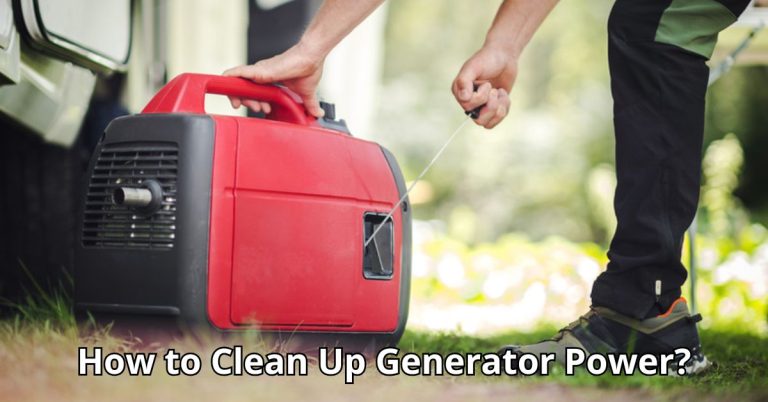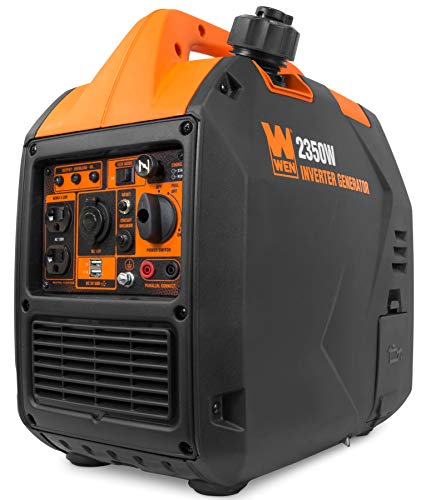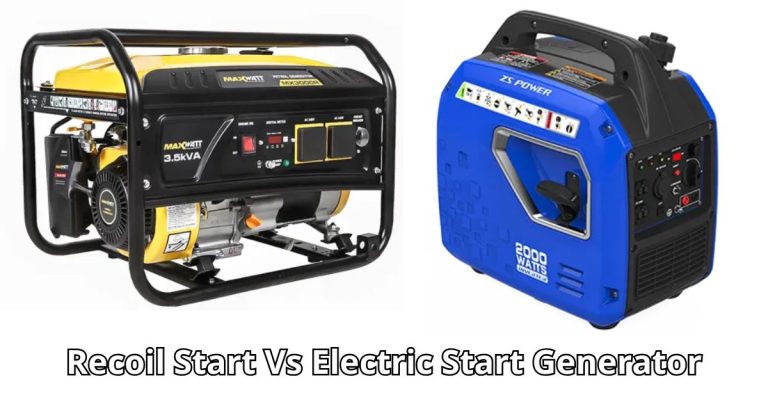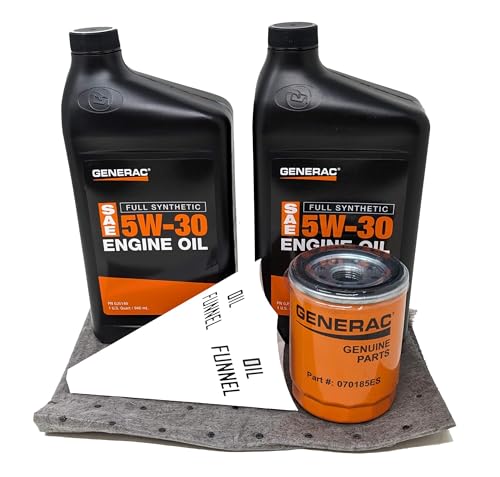Floating Neutral Vs Bonded Neutral Generator: Key Differences Explained
Generators come in two main types: floating neutral and bonded neutral. Each has unique features and uses.
Understanding the difference between floating neutral and bonded neutral generators is crucial. It helps in making the right choice for your needs. This comparison will clarify their functionalities, benefits, and ideal applications. Whether for home or industrial use, knowing these differences can prevent potential hazards.
This introduction will guide you through the key aspects of each generator type, ensuring you make an informed decision.
Floating Neutral Generators
Floating Neutral Generators are a type of generator that has a neutral connection not bonded to the ground. This means the neutral is ‘floating’ and not connected to the earth ground. This design is often used in portable generators and has specific applications and benefits.
Definition And Concept
A floating neutral generator has a neutral wire that is not connected to the ground. This setup means there is no direct path to the earth ground. The neutral floats, meaning it can vary in potential. This design can be useful in certain situations. It prevents unintended grounding and reduces the risk of electrical shock.
Advantages And Disadvantages
One advantage of floating neutral generators is their flexibility. They can be used in different grounding systems without modification. This makes them ideal for portable applications where grounding conditions may change. Another benefit is safety. They can reduce the risk of accidental electrical shock.
Despite the advantages, floating neutral generators have disadvantages. They may not be suitable for all electrical systems. Some systems require a bonded neutral for proper operation. Also, troubleshooting electrical issues can be more complex with a floating neutral.
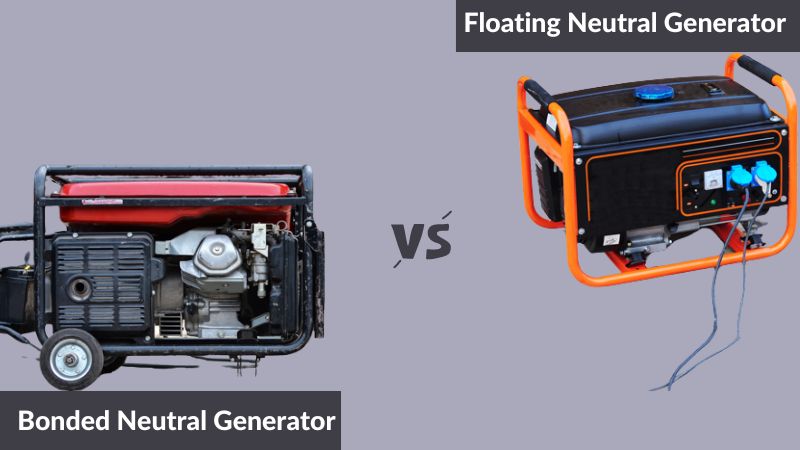
Credit: www.electronicshub.org
Bonded Neutral Generators
Bonded neutral generators are a popular choice for many homeowners and businesses. They offer a specific way of handling electrical safety and distribution. This section will explore what bonded neutral generators are, their advantages, and their disadvantages.
Definition And Concept
A bonded neutral generator has its neutral wire connected to the generator’s frame. This setup provides a clear path to the ground. It ensures the safe operation of the generator. In bonded neutral systems, the neutral is connected to the ground at one location. This is typically at the main service panel.
This setup is important for safety. It ensures that any stray electrical current has a direct path to the ground. This connection reduces the risk of electrical shock. It also helps in proper functioning of safety devices like circuit breakers.
Advantages And Disadvantages
| Advantages | Disadvantages |
|---|---|
|
|
Advantages: Bonded neutral generators offer enhanced safety. They provide a clear path for electrical faults. This setup ensures that safety devices operate correctly. It prevents electrical shocks and reduces the risk of fire.
Disadvantages: The installation of bonded neutral generators can be complex. They often require a professional setup. This can increase the overall cost. Additional grounding may be needed. This step ensures the system’s safety and compliance with local codes.
In summary, bonded neutral generators offer safety but require careful installation. They are a solid choice for those prioritizing electrical safety.
Safety Considerations
Understanding the safety considerations of floating neutral and bonded neutral generators is crucial. Each type carries its own set of risks. This section will help you understand these risks better.
Risks With Floating Neutral
Floating neutral generators can be risky. They do not connect to the ground. This means the electrical system floats. If a ground fault occurs, it can cause a shock hazard. You might not even know there’s a problem. This can make it hard to detect and fix issues.
The risk of electrical shock is higher. Especially in wet conditions. Always be cautious. Regular checks can help you stay safe.
Risks With Bonded Neutral
Bonded neutral generators have their own risks. The neutral is connected to the ground. This setup can cause ground loops. Ground loops can lead to electrical noise. This noise can interfere with sensitive equipment.
Another risk is during maintenance. If you forget to disconnect the bond, it can be dangerous. Always follow safety procedures. Proper training is essential.

Credit: www.youtube.com
Application Scenarios
When choosing between a floating neutral and a bonded neutral generator, it’s important to understand their different application scenarios. Each type has unique characteristics that make them suitable for various environments. This section will explore their uses in residential and industrial settings.
Residential Use
In residential settings, safety and ease of use are paramount. A bonded neutral generator is often preferred for home use. It connects the neutral directly to the ground. This setup helps in reducing electrical noise and enhances protection against electrical faults.
Most home standby generators come with a bonded neutral. It ensures that any electrical fault is quickly detected and managed. This feature is crucial for protecting household appliances and ensuring the safety of the residents.
Below is a comparison table for better understanding:
| Aspect | Floating Neutral | Bonded Neutral |
|---|---|---|
| Safety | Moderate | High |
| Electrical Noise | Higher | Lower |
| Fault Detection | Slower | Quick |
Industrial Use
In industrial settings, flexibility and compatibility with existing systems are key. A floating neutral generator is often used in such environments. It does not connect the neutral to the ground directly. Instead, it allows for adaptable configurations depending on the specific requirements.
These generators are suitable for applications where the neutral-grounding system is managed separately. Industries often have complex electrical setups that require this flexibility. Floating neutral generators are ideal for such scenarios, providing the necessary adaptability.
Key benefits of floating neutral generators in industrial settings:
- Flexibility in connection
- Compatibility with various grounding systems
- Suitable for complex electrical networks
In conclusion, the choice between floating neutral and bonded neutral generators depends largely on the application scenario. Residential settings benefit more from bonded neutral generators, while industrial environments find floating neutral generators more suitable.
Installation Guidelines
Setting up a generator involves specific steps based on its type. Two common types are floating neutral and bonded neutral generators. Each type requires a different installation approach. Proper setup ensures safety and efficient operation. Here’s a detailed guide to help you.
Setup For Floating Neutral
A floating neutral generator has no direct connection to the ground. This setup is common in portable generators. Follow these steps:
- Identify the Neutral: Ensure the neutral is isolated from the frame.
- Use a Transfer Switch: Connect the generator to the home’s electrical system using a transfer switch.
- Check Bonding: Verify there is no bond between the neutral and ground at the generator.
- Ground the Frame: Attach a grounding rod to the generator frame for safety.
Setup For Bonded Neutral
A bonded neutral generator has the neutral wire connected to the frame. This type is often used in standby generators. Follow these steps:
- Identify the Bond: Ensure the neutral is bonded to the frame.
- Use a Transfer Switch: Connect the generator to the home’s electrical system using a transfer switch.
- Check Local Codes: Ensure the installation complies with local electrical codes.
- Ensure Proper Grounding: Ground the generator according to the manufacturer’s instructions.
Following these guidelines ensures your generator operates safely and efficiently. Always refer to the manual for specific instructions.

Credit: www.youtube.com
Regulatory Standards
Understanding regulatory standards is crucial for operating generators safely. These standards ensure both floating neutral and bonded neutral generators meet safety and performance requirements. Without these guidelines, the risk of electrical hazards increases.
Electrical Codes
Electrical codes set the foundation for generator safety. They dictate how generators should be installed and maintained. These codes help in preventing electrical accidents and ensuring reliable operation.
The National Electrical Code (NEC) provides the guidelines for both types of generators. Compliance with NEC ensures that generators are safe to use. Whether using a floating neutral or bonded neutral generator, following NEC codes is essential.
Compliance Requirements
Compliance requirements vary depending on the type of generator. For floating neutral generators, grounding is a critical aspect. Proper grounding prevents electrical shocks and ensures safety.
Bonded neutral generators have different compliance needs. They require a direct connection between the neutral and ground. This connection ensures the generator operates safely and efficiently.
Both types of generators must meet local regulations. These regulations might differ from one region to another. Always check local codes before installing or using a generator.
Choosing The Right Generator
Choosing the right generator involves understanding various technical aspects. One crucial decision is between a floating neutral generator and a bonded neutral generator. Both types have their unique features and advantages. This section provides insights to help you make an informed choice.
Factors To Consider
Several factors should guide your choice between a floating neutral generator and a bonded neutral generator:
- Application: Determine where and how you plan to use the generator.
- Safety: Consider the safety implications of each type.
- Compatibility: Check if the generator is compatible with your existing systems.
- Cost: Budget constraints might influence your decision.
Expert Recommendations
Experts suggest considering the following points:
- Residential Use: Floating neutral generators are often recommended for residential use.
- Industrial Use: Bonded neutral generators are preferred for industrial applications.
- Safety Precautions: Ensure all safety measures are in place for either type.
Always consult with a professional to understand the best option for your needs.
Frequently Asked Questions
What Is A Floating Neutral Generator?
A floating neutral generator has its neutral not connected to the ground. This setup can reduce shock risks in certain conditions.
What Is A Bonded Neutral Generator?
A bonded neutral generator has its neutral connected to the generator frame. This setup ensures a proper path for fault currents.
Which Generator Type Is Safer?
Both types have safety benefits. Floating neutral reduces shock risks. Bonded neutral ensures fault current path.
Can I Convert A Floating Neutral To Bonded?
Yes, you can. However, follow manufacturer guidelines or consult an electrician for safety.
Conclusion
Choosing between a floating neutral and a bonded neutral generator is crucial. Consider your safety needs and the generator’s purpose. Consult a professional if unsure. Both types have their benefits. A floating neutral works well for portable use. A bonded neutral suits permanent installations.
Think carefully about your requirements. Make an informed decision. Your safety and the efficiency of your generator depend on it.
